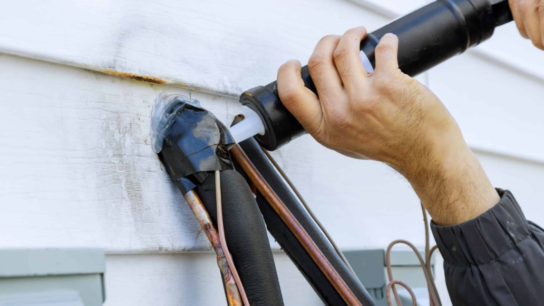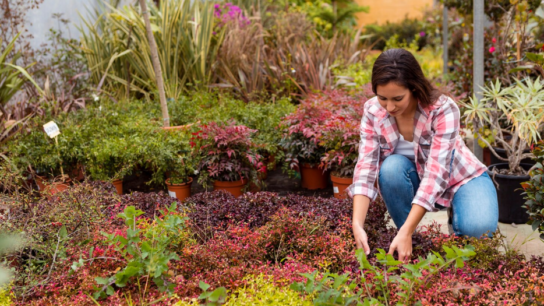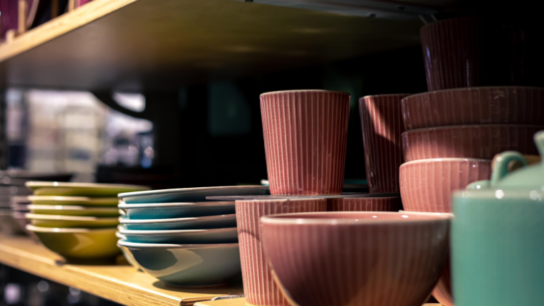Bathroom upgrades that focus on accessibility and comfort are essential for creating a functional and safe space for individuals of all ages and abilities. Whether you’re renovating a bathroom to accommodate aging in place, catering to specific mobility needs, or simply enhancing comfort and convenience, strategic upgrades can transform your bathroom into a more accessible and enjoyable environment. In this guide, we’ll explore key upgrades and design considerations to improve accessibility and comfort in your bathroom.
Subtitles:
- Accessible Design Elements
- Comfort-enhancing Features
Accessible Design Elements
1. Zero-threshold Showers
Install a zero-threshold or curbless shower to eliminate barriers to entry, making it easier for individuals with mobility challenges, seniors, or those using mobility aids such as wheelchairs or walkers to access the shower safely.
Tips:
- Wide Entry: Design the shower entry to be wide enough to accommodate wheelchair access, typically around 36 inches wide. Install a shower bench or seat for added convenience.
- Non-slip Flooring: Use non-slip flooring materials inside the shower to prevent slips and falls. Choose tiles with textured surfaces or non-slip coatings.
- Grab Bars and Handrails: Install grab bars and handrails strategically in the shower area for stability and support during bathing. Place bars near the entry, shower bench, and along walls for easy reach.
2. Roll-in Bathtubs
Consider installing a roll-in bathtub with a low entry threshold and built-in seating for individuals who prefer or require a bathtub for bathing. Roll-in tubs provide accessibility without the need to step over high thresholds.
Tips:
- Accessible Entry: Choose a bathtub with a low or zero-threshold entry to allow easy access for wheelchairs or mobility aids. Include a sturdy grab bar near the entry for support.
- Seating and Comfort: Opt for roll-in tubs with built-in seating, comfortable backrests, and adjustable features for a relaxing bathing experience. Ensure the tub design allows for easy transfer from a wheelchair or bench.
- Safety Features: Install non-slip surfaces inside the bathtub and consider adding handrails or grab bars within reach for added safety and stability.
3. Accessible Sinks and Countertops
Modify sink and countertop heights to accommodate individuals of varying heights and mobility levels. Install accessible faucets, lever handles, and space-saving designs for improved usability.
Tips:
- Height Adjustment: Lower sink and countertop heights to accommodate wheelchair users or individuals with limited mobility. Consider adjustable-height sinks for flexibility.
- Accessible Faucets: Install lever-style faucets or touchless faucets that are easy to operate for individuals with limited dexterity or strength. Ensure faucet controls are within reach from a seated position.
- Open Space Under Sinks: Provide knee clearance and open space under sinks to accommodate wheelchairs or mobility devices. Use wall-mounted or pedestal sinks for maximum accessibility.
Comfort-enhancing Features
1. Universal Design Elements
Incorporate universal design principles to make the bathroom accessible and comfortable for everyone, regardless of age or ability. Focus on ease of use, safety, and aesthetics in design choices.
Tips:
- Wide Doorways: Ensure bathroom doorways are wide enough to accommodate wheelchairs or walkers, typically around 32 to 36 inches wide. Use pocket doors or swing-out doors for space-saving solutions.
- Accessible Lighting: Install bright and well-distributed lighting in the bathroom to improve visibility and reduce shadows. Use motion-sensing lights or adjustable dimmers for convenience.
- Contrast and Color: Use contrasting colors for walls, floors, and fixtures to aid individuals with low vision or visual impairments. Choose slip-resistant flooring materials in contrasting colors for safety.
2. Comfortable Fixtures and Accessories
Upgrade fixtures and accessories for comfort and convenience, including ergonomic designs, adjustable features, and sensory-friendly elements.
Tips:
- Ergonomic Toilets: Install comfort-height toilets with ergonomic seat designs and grab bars for ease of use. Consider bidet attachments or heated seats for added comfort.
- Shower Controls: Use thermostatic or pressure-balanced shower controls for consistent water temperature and easy adjustment. Include handheld showerheads with adjustable heights for flexibility.
- Heated Flooring and Towel Bars: Consider installing radiant floor heating or heated towel bars for added comfort, especially in colder climates. Ensure controls are easy to operate and accessible.
3. Smart Technology Integration
Integrate smart technology features for added convenience, energy efficiency, and accessibility. Explore options such as voice-activated controls, sensor-based faucets, and automated lighting systems.
Tips:
- Voice-Activated Controls: Install voice-activated devices for controlling lights, faucets, and temperature settings in the bathroom. This technology enhances accessibility and convenience for users with mobility challenges.
- Sensor-based Fixtures: Use sensor-based faucets, soap dispensers, and toilet flush systems to minimize touchpoints and improve hygiene. Adjust sensitivity levels for optimal performance.
- Smart Mirrors and Cabinets: Consider smart mirrors with built-in lighting, defogging features, and digital displays for added functionality. Install smart cabinets or organizers with adjustable shelves and lighting.
By incorporating accessible design elements, comfort-enhancing features, and smart technology integration, you can create a bathroom that not only meets the needs of individuals with varying abilities but also enhances overall comfort and usability for everyone. Prioritize safety, functionality, and aesthetics in your bathroom upgrades to transform the space into a welcoming and accessible environment.






